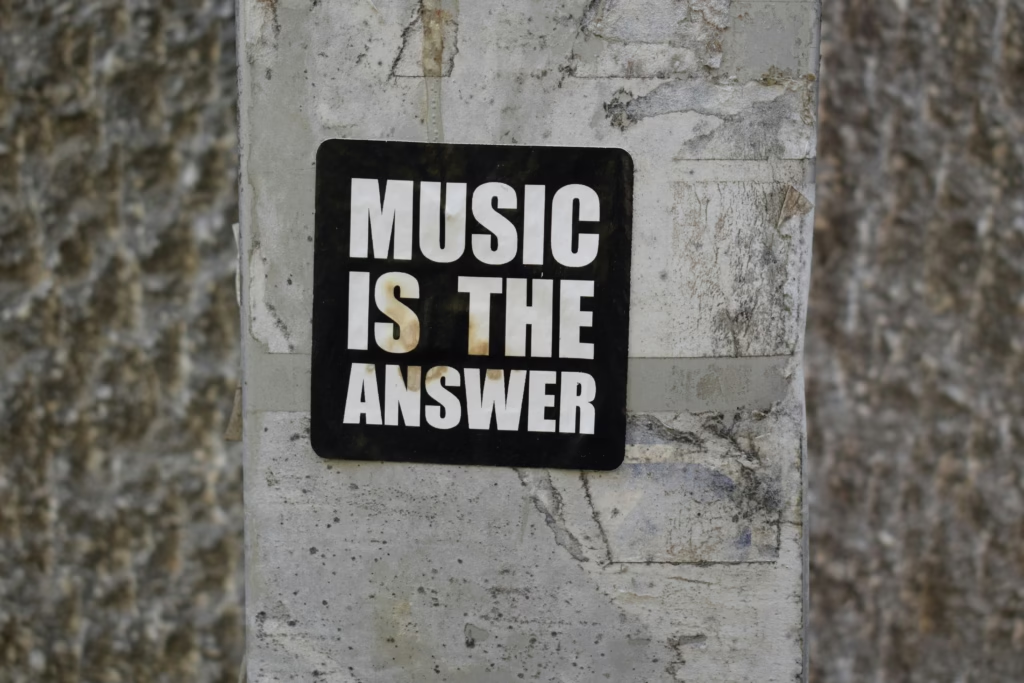Our business meetings and cultures are increasingly virtual, global, and interconnected. While fantastic for getting work done efficiently, there is one critical problem that is often overlooked: how to communicate cross-culturally in a respectful way.
I faced this problem early on in my career. I was working with a colleague halfway around the world (let’s call him “Bob”). All seemed fine when we met together to discuss our projects. Bob seemed to agree with the overall strategy and execution. But, to my surprise, he missed a lot of the deadlines I shared with him.
I geared up the courage one day to talk to him about how I felt because it was impacting our ability to deliver…and it resulted in a conversation I’ll never forget. I realized that his “yes” didn’t really mean “yes”. I began to better understand the indirect style of communication within his culture, which aimed to prevent open conflict, and relied on the other person (me) to pick up on more subtle cues.
In this article I’d like to share several cross-cultural communication tips for avoiding some of the most common misunderstandings like this one that occur in our global workplace.
- First, A Few Definitions
- “Yes” Doesn’t Mean “Yes”
- “Maybe” Doesn’t Mean “Maybe”
- Silence Doesn’t Mean Apathy
- Summary
First, A Few Definitions
First I want to define some terms I’ll be using and how I’ll be using them:
- “Direct” cultures will refer to cultures in which straightforward, to-the-point communication is valued. Every word is typically used to convey its precise meaning, and it is the speaker’s responsibility to be clear.
- “Indirect” cultures, on the other hand, will refer to cultures in which nonverbal, nuanced communication is the norm. The words explicitly said need to be interpreted alongside the context and nonverbal cues in order to understand the true intent – because it is the listener’s responsibility to understand.
I want to emphasize that neither style is correct or better. Both have their pros and cons. And while countries are typically categorized as “direct” vs “indirect” in broad terms (such as the US being a “direct” culture), individuals are not the same as their countries. To converse respectfully with colleagues in your workplace from other cultures, observe and learn how they as individuals communicate – are they more of a “direct” communicator or “indirect” communicator? Aim to have a discussion where you can learn from each other and establish healthy expectations.
“Yes” Doesn’t Mean “Yes”
The best first example of direct vs indirect cultures in action is an expansion of my earlier story about my colleague Bob.
In direct cultures, “yes” means “yes”. We expect when people say “yes”, they are indicating they agree. But in indirect cultures, “yes” can mean “maybe” and can even mean “no.”
For example when I asked Bob, “Can you meet that deadline?”
He said, “Yes, I’ll try my best to meet it.”
By saying he’ll “try his best” he is really saying:“I am saying ‘yes’ to show you I’m listening and to avoid creating an argument. But actually ‘no’, I don’t think I can meet the deadline”
Here’s a tip for navigating these situations:
- When direct communicators communicate with indirect communicators, rather than asking closed questions like “Can you [x]” or “Do you [y]”, instead ask open-ended questions like, “What are your thoughts?”
That way, the other person isn’t pressured into giving a straight “yes” or “no” that might feel uncomfortable for them.
- When indirect communicators communicate with direct communicators, remember that a straight “no” is acceptable and won’t be seen as rude – it’s actually preferable.
“Maybe” Doesn’t Mean “Maybe”
Another example of indirect culture communication came up in business meetings.
Bob would say things like, “What do you think about the dashboard? Is there anything you’re not happy with?”
Which really means: “There are some big problems with this dashboard”
Or he would say, “I think the analysis could be even stronger with a few tweaks”
Which really means: “There are several mistakes in this analysis”
Asking roundabout questions and framing problems in positive terms is intended to avoid conflict. Rather than delivering negative feedback that could hurt the other person’s feelings and make them lose face, the hope is that the other person picks up on those cues and understands the subtext.
Here’s a tip for navigating these situations:
- When direct communicators communicate with indirect communicators, pay close attention to nonverbal cues and context to determine if certain words aren’t being said. Consider how difficult it might be for them to receive direct feedback and aim to politely ask questions to clarify any potential misunderstandings.
- When indirect communicators communicate with direct communicators, remember that there is a chance direct communicators will not be able to quickly read between the lines. Try to be as concise as you can to avoid letting that message be lost. And if you receive blunt responses, remember that the direct communicator does not mean offense – they just want to say their thoughts in the most time-efficient way.
And for more tips on how to disagree in a respectful way, read more here.
Silence Doesn’t Mean Apathy
A final example of indirect culture communication can be found in meetings with figures of authority present. While Bob was typically more comfortable being outspoken, even he would rarely share thoughts when our manager was in attendance.
In fact, when our manager would ask for thoughts and feedback from Bob’s team, no one volunteered a single word.
In many indirect cultures, hierarchy is of fundamental importance in social interactions. While direct cultures like the US take a more egalitarian approach, allowing employees to speak casually to their managers and even give critical feedback to them, indirect cultures would find that an unacceptable violation of social norms. When figures of authority are present, they take a quiet position out of deference.
Here’s a tip for navigating these situations:
- When direct communicators communicate with indirect communicators, be patient if members of the team don’t give feedback in the moment. Aim to collect feedback in other venues, such as smaller meetings without figures of authority present, and through other mediums such as email.
- When indirect communicators communicate with direct communicators, remember that when figures of authority solicit feedback, they want and expect a response. They are ok with disagreement, even if it is said to them directly.
Bonus: If you’re silent in meetings because you actually don’t know the answer and are unsure what to say, here are my tips for tackling those situations.
Summary
Direct communicators are comfortable communicating with direct communicators. Indirect communicators are comfortable communicating with indirect communicators. Things get in trouble when people with different communication styles come together and misinterpret each other’s meaning.
With the tips from this article, however, you can avoid some of the more common misunderstandings:
1. “Yes” doesn’t mean “yes” – it can mean “maybe” or even “no”!
2. “Maybe” doesn’t mean “maybe” – it might mean they have an opinion!
3. Silence doesn’t mean apathy – it might mean they are more comfortable speaking in a different setting
If you’re ever in doubt the best solution is not to solely guess based on broad categorizations like “direct” vs “indirect” culture. Instead, have a conversation with the other person to learn their communication preferences. You can ask questions like:
- What kind of communication do you prefer: in-person, messaging, or email?
- How do you prefer receiving feedback?
And ask polite, open-ended questions if you’re ever confused!
If you’re looking for further guidance on how to speak with confidence and authority, reach out to me here.



